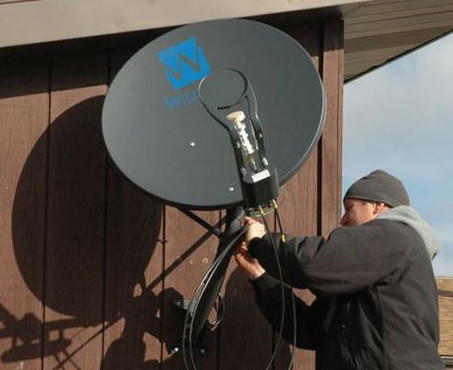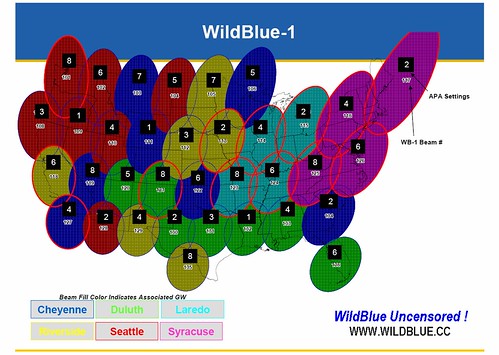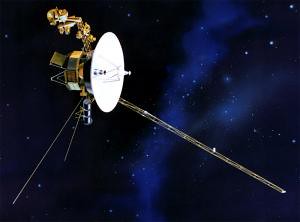Netcom Africa
Friday, August 24th, 2007Telecommunications has always been a struggle in Nigeria. Outside of Abuja, the nation’s young capital, Nigeria’s infrastructure is "unpredictable," at best. Nigeria’s power supply is insufficient, forcing many hotels, businesses, and homes to own multiple generators. Within this context, it is no surprise that, like many other third world countries, Nigeria’s telecommunications is largely confined to mobile phone networks (1.25 million landline phones versus over 30 million mobile subscribers).
Nigeria’s infrastructure challenges are equally daunting in expanding Internet service throughout the country. Yet, a number of ISP’s are entering this rapidly growing market.
One company, Netcom Africa Ltd, is making especially noticable strides. First it raked in two big awards:
Netcom Africa has emerged as a winner of the ‘Best ISP of the year’ and also won the recognition award for ‘Best Broadband Company of the Year’ at the annual Nigeria Telecom Awards organised by Nigeria Telecom Magazine in Lagos.
Other Internet Service Providers nominated for best ISP of the year award included Swift Networks and Direct on PC.
The Nigeria Telecoms Award recognises leadership, innovation and excellence in services. "We are delighted to be recognised by the industry and receive not one, but two additional prestigious awards this year," stated Lolade Shonubi, Netcom’s marketing manager.
She continues: "As an IP communications provider of satellite and wireless products, Netcom is determined to continue to lead the market with innovative solutions that meet the challenging criteria of our customers, the public and judges."
And now Netcom has acquired one of its main rivals:
Netcom Africa has acquired rival ISP Accelon Africa for an undisclosed price. South Africa’s Dimension Data also made a bid to buy Accelon but was beaten to the punch by Chinese-backed Netcom, which offers satellite broadband services in Nigeria under the MyNetcom banner. Accelon, set up by South African investors in 2002, has operations in Nigeria and Ghana.









